Are you a European child (or adult) that is visiting or planning to visit India, while following in your ancestors’ footsteps to the mighty Himalayan mountains?
If Spiti will be your next destination, here is a cool but advisably told fact: In December, with lower temperatures than minus 20 degrees Celsius, just a few remote villages remain accessible.
And, yes, even though you have a stay booked, you may still be stuck with just a warm sleeping bag to sleep with if you don’t time your ventures well..
I don’t want to alarm you with all these; but only to assist whether or not your great adventure will agree with your preferences.
When my friends from Europe inquire about trips made in December, I tell them to only wait and experience it for themselves.
I realize you’ve probably visited some great places such as the Swiss Alps or Norway’s fjords, but Spiti… this is a completely different kind of weird and tough adventure.
Why December Changes Everything

Most people go to Spiti Valley in India from May to September. That’s a good choice, especially if you don’t like super cold winters.
But I’m guessing my friends from Europe are great at handling freezing weather. That’s why they can visit Spiti in December way better than most folks!
In December, the valley turns into a magical place with lots of snow all around. The frozen Spiti River makes the whole area look dreamy like the movie FROZEN. It’s so cold—below minus 20 degrees Celsius—that most of the river is frozen rock solid.
I remember my first December trip there in 2019. My buddy from Berlin kept saying, “Are we still in India?” Because Spiti feels totally different from the rest of India in December. It’s like another world, another country altogether!
Is Spiti Valley Safe For European travellers in December?
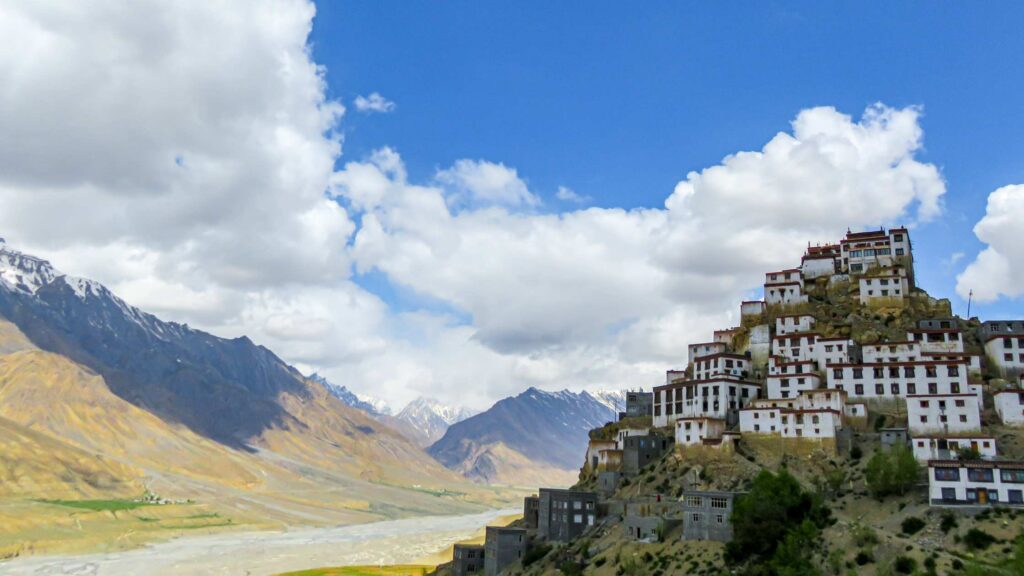
If you are eaten by the question, “Is it safe for European travellers?”, the answer is an astounding “YES”
However, there are certain conditions, some challenges that come with a rugged terrain like the Spiti Valley that every traveller needs to be aware of.
What Makes It Challenging
The Cold Hits Different
During the day, it’s chilly with temperatures between -5°C to 5°C. But at night, it drops way down to -15°C or even -20°C. If you live in super cold places like Stockholm or Helsinki, you might be used to winter. But up high at 3,800 meters in Kaza, even those tough folks say the cold bites harder.
Altitude Is Difficult
Your lungs will work very hard. No kidding. I have watched fit trekkers from Munich struggle to walk around. It is because there is about 40% less oxygen up high than at sea level.
Access Gets Complicated
The road from Manali closes due to tons of snow, which only leaves the Hindustan-Tibet Highway in through Shimla. There is no other access, no extra road, no back up plan.
What Makes It Doable
You Get Real Infrastructure
Spiti is not like other remote places in the Himalayas. It has warm homestays for cold winters, experienced drivers, and travel agencies that plan your day or trip. Their winter packages include warm rooms, meals, and access to drivers who know how to drive in icy conditions.
The Community Has Your Back
The locals in Spiti are nice and helpful. They’re experienced and, over the years, have mastered how to handle such harsh conditions. If the owner of a homestay in Tabo says, “Don’t drive after 3 PM,” – you really should not..
Medical Backup Exists
Kaza has functional health centers. It is not a very big hospital with elaborate medical facilities, but capable enough for altitude sickness and minor emergencies. Plus, most tour operators carry oxygen cans and first-aid kits.
What European travellers Need To Know
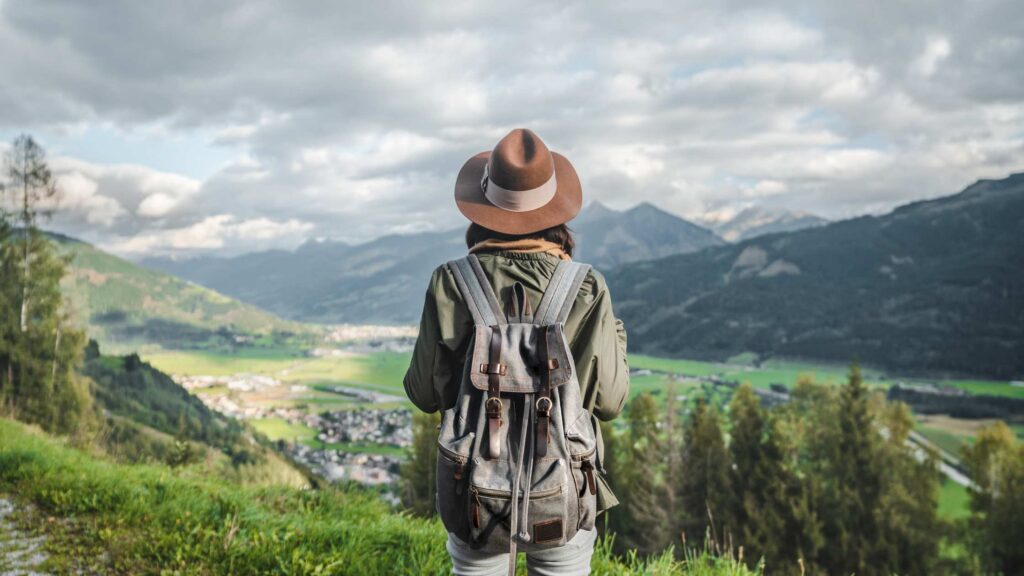
Coming from Europe, you will have several advantages as a traveller. Some of those are:
You Probably Handle Cold Better
Europeans are better equipped to deal with cold weather than those in warm places already. Regional winters have already prepared you with how to keep warm in sub-zero temperatures.
You’re Used To Limited Daylight
Daylight hours in Spiti are short in December. Make sure you stop traveling by 3 or 4 PM. If you come from Northern Europe, you will not be surprised by the short number of daylight hours in the winter.
Your Travel Style Fits Winter Spiti
European travelers usually prefer real, rustic, safari-style experiences over some social media photo spots. Winter Spiti checks all the boxes: rugged, authentic, and full of surprises.
December Is Actually Budget-Friendly
With fewer visitors, some hotels might be higher priced depending on where it is, but everything else is way cheaper than in high summer or peak tourist regions.
Rough Budget (7-day trip):
- Budget backpacker: ₹25,000-35,000 ($300-420)
- Mid-range comfort: ₹45,000-65,000 ($540-780)
- Organized tour package: ₹18,000-30,000 per person ($215-360)
Pro tip: Tour packages often work out cheaper than DIY because they’ve got bulk deals with homestays and reliable vehicles.
The Ultimate Packing List

Forget generic “pack warm clothes” advice when you are planning a Spiti trip, be it the summer months or winter months. Here’s what kept me (and my European travel buddies) comfortable:
Clothing
- Base layers: Two sets of thermal underwear (Merino wool beats synthetic)
- Mid-layers: A Fleece or down jacket that you can layer
- Outer shell: Windproof, waterproof jacket (think Arc’teryx level, not H&M)
- Bottom game: Insulated trekking pants along with waterproof shell pants
- Accessories: Neck gaiter, two pairs of gloves, wool socks (multiple pairs), warm beanie
Non-Negotiables
Sunscreen + Sunglasses
UV rays remain strong, and snow reflection can damage your eyes and skin. SPF 50 minimum. Polarized sunglasses are mandatory.
Altitude Sickness Prevention
- Diamox (prescription needed)
- Plenty of water bottles
- Oxygen cans for emergencies
Power Solutions
Electricity cuts happen. Power banks (20,000+ mAh), extra batteries, and a good torch are essentials.
Documents
If you’re an international tourist, keep multiple photocopies of:
- Passport
- Visa
- Travel insurance details
- Emergency contacts
Where You Can Actually Go In Spiti In December
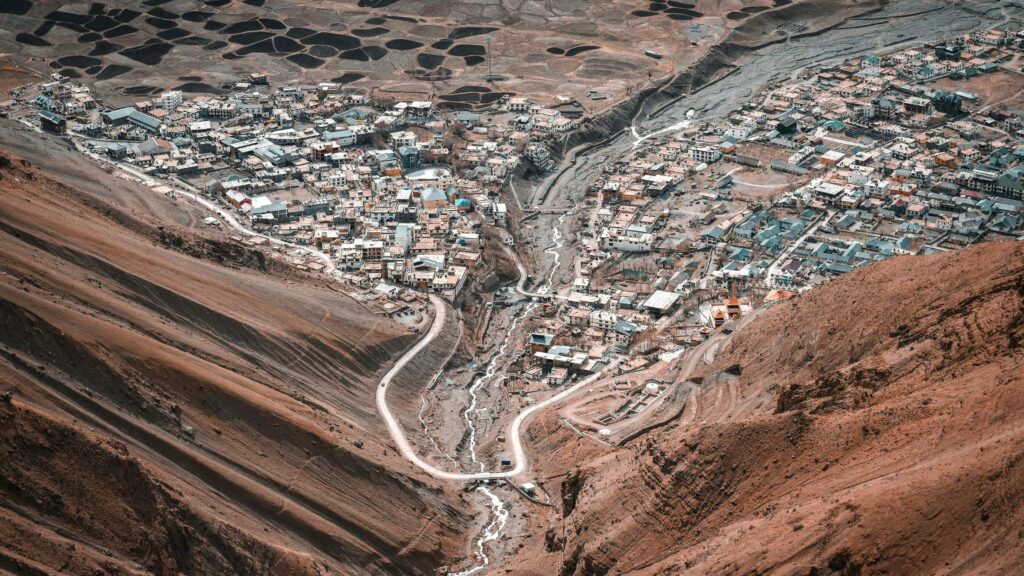
In December, only a few villages like Hikkim, Dhankar, and Langza remain accessible. Here’s your realistic December circuit:
Kaza (Your Base Camp)
The administrative center offers frozen rivers and quaint streets with a surreal experience. Most travellers spend 2-3 nights here. Heated homestays available, though expect power cuts.
Key Monastery
Surrounded by snow-covered Himalayas, this 1000-year-old monastery serves as a religious training ground for around 250-300 Lamas. The architecture under snow is genuinely breathtaking. Worth the cold.
Hikkim
Home to the world’s highest post office. Send a postcard from 14,400 feet—your friends back in Amsterdam or London will actually be impressed.
Langza & Kibber
These villages likely see snowfall around mid-month, and access depends entirely on road conditions. If accessible, these are your money-shot villages.
What’s Closed
Chandratal Lake
Entirely frozen and roads are closed in December. Don’t even try.
Pin Valley National Park
Accessible in theory, but wildlife spotting in extreme cold requires expedition-level planning.
Should You Actually Go To Spiti In December?
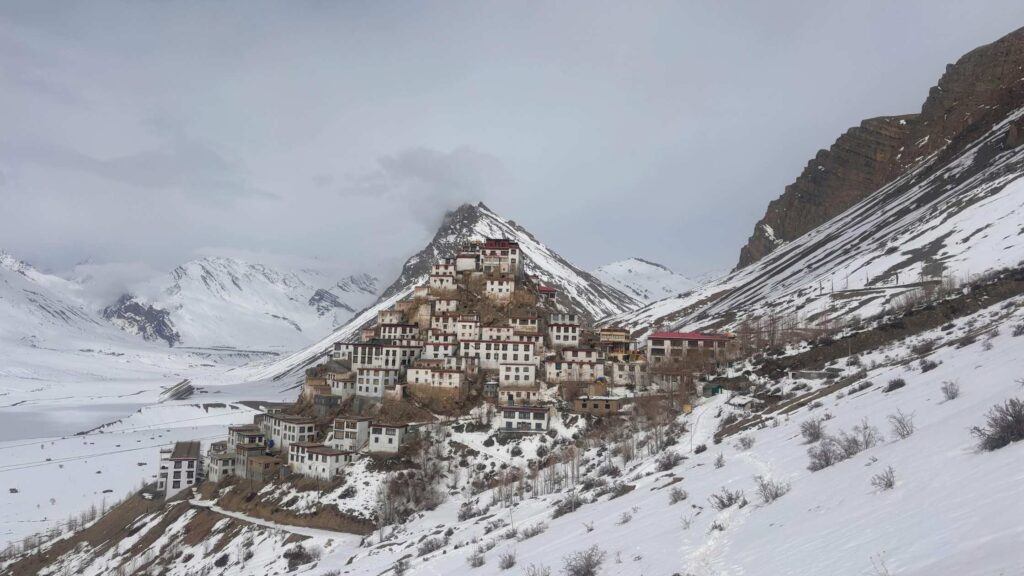
Go if:
- You genuinely love extreme experiences
- Crowds drain your energy
- You’ve got previous high-altitude experience
- You’re physically fit and mentally prepared
- You want to see something 99% of travellers never witness
Skip it if:
- This is your first time in the Himalayas
- You prefer comfort over adventure
- Health concerns exist (heart, respiratory issues)
- You need reliable internet and modern facilities
- You’re on a tight schedule (buffer days are mandatory)
Practical Action Steps
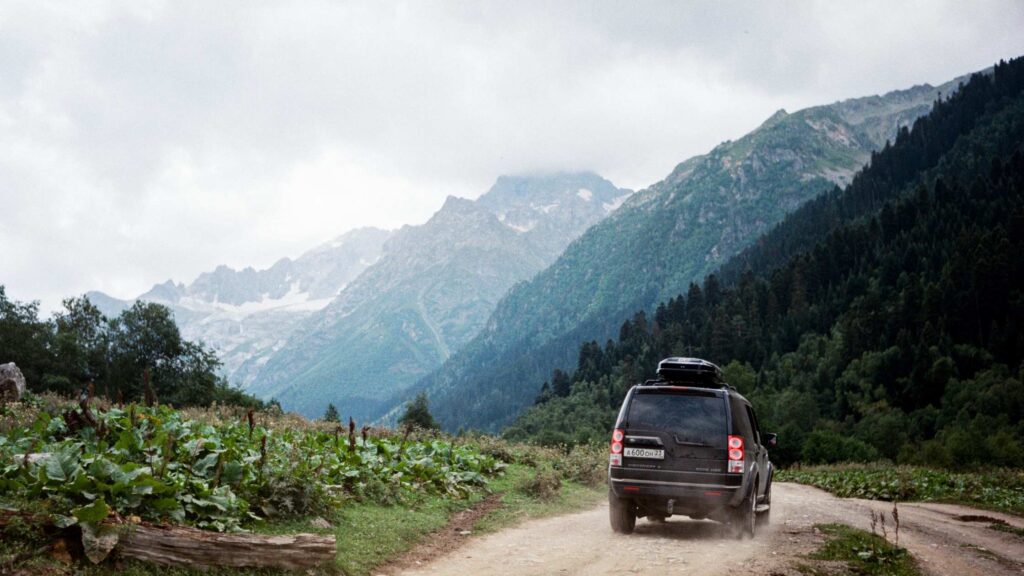
Before You Book:
- Get comprehensive travel insurance covering high-altitude trekking
- Consult your doctor about altitude sickness prevention
- Book a guided winter tour package from established operators for better safety and comfort
- Check weather updates and Border Roads Organisation (BRO) road status
During Your Trip:
- Plan to keep 1-2 buffer days in case of road issues
- Never travel after 3-4 PM
- Stay hydrated (3-4 liters of water daily)
- Listen to your body—descend immediately if altitude sickness symptoms appear
- Keep extra cash (ATMs rarely work)
Emergency Contacts
Keep all the emergency contacts handy, like the Tourist helpline or the phone number of the local community health center.
Final Thoughts
December Spiti isn’t for everyone, and that is what makes it very desirable.
Most tourists will be free from crowds, and you will have many amazing photo opportunities. Of course, it will be very quiet at this time of the year. Yet the views seem like they come from another world.
I think people from Europe will fit in well with December Spiti. You are already accustomed to cold weather, and you likely enjoy outdoor endeavors that require physical fitness.
You just need to prepare for the settings before arrival. You’ll have to be careful with the hard, rugged mountains and steep terrain throughout Spiti. But you can always rely on the locals. They know better than anyone else.
When you are in Langza at sunrise, watching the sun turn the snowy top of the mountains a light ochre to ombre to yellow, it’s you who will know why some of us return to Spiti in winter.
Also read: Is It Worth Visiting Spiti Valley for New Year 2025/26? Here’s What Nobody Tells You
